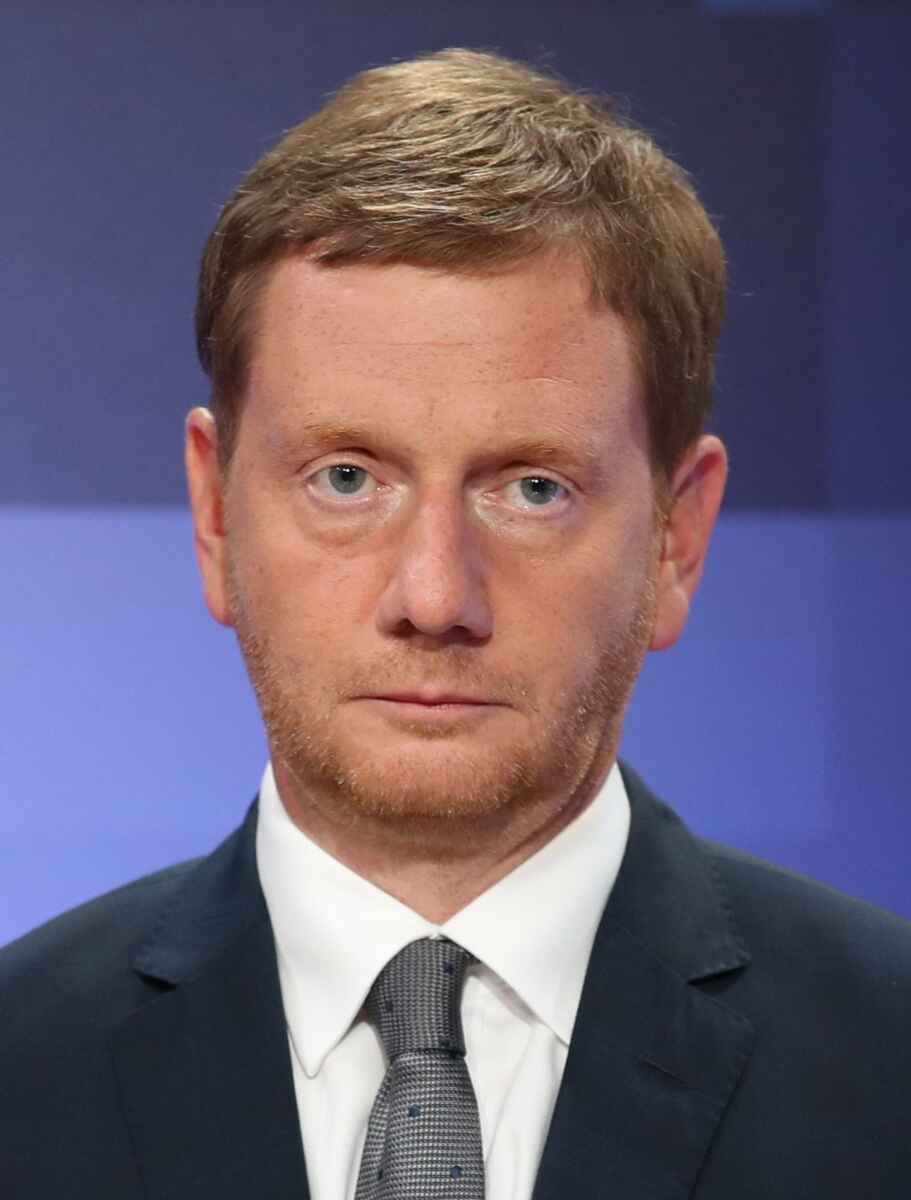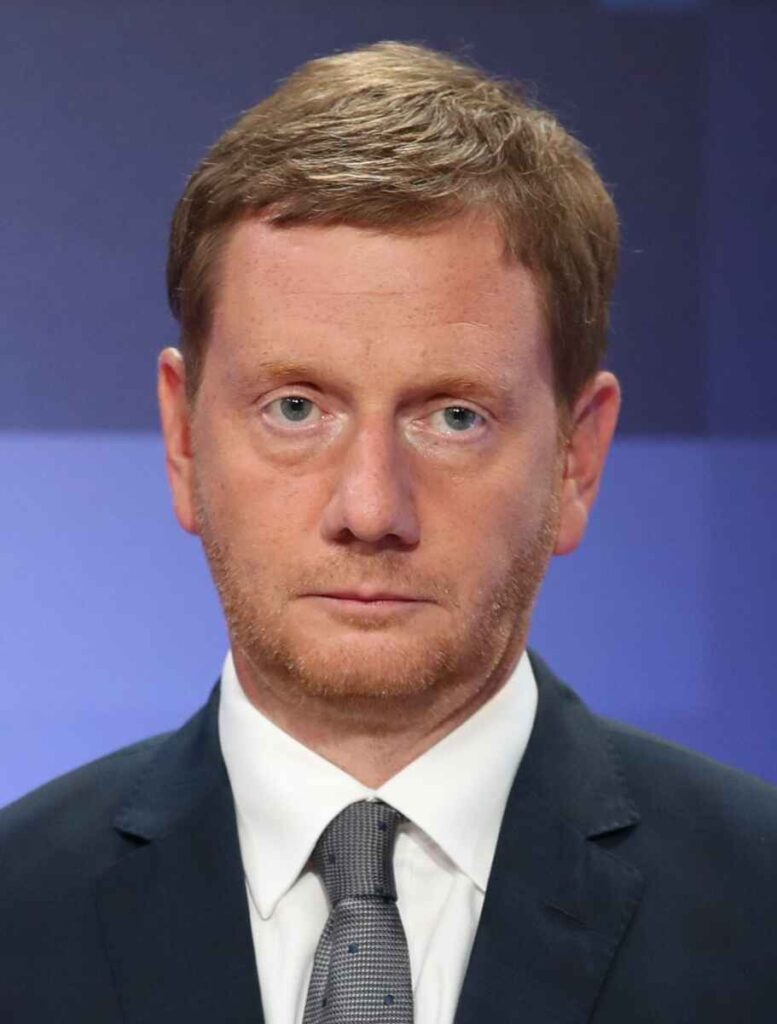
The populist, right-wing AfD on the rise
On Sunday, September 1, in the regional election in Saxony, the coalition of CDU and SPD lost the majority. 66.6% of the 3.287568 million voters went to the polls, that is substantially up from the record low 49.1% in the 2014 state election.
The so-called grand coalition of the Christian Democratic Union (CDU) and the Social Democratic Party (SPD) has lost its “grandeur” a long time ago in Saxony. The CDU of Minister President Michael Kretschmer (*1975) lost 7.3% of the vote and finished with 32.1% and 45 seats in the regional parliament (Landtag) of Saxony. The CDU has now 45 seats in the Landtag with a total of 119 members. The social democratic coalition partner SPD lost 4.7% of the vote and ended up with 7.7% and 10 seats, making it a small party. Together, they control now longer a majority in the Landtag.
The big winner of the 2019 Saxony state election is the populist, right-wing AfD. The party is still on the rise. In comparison with the 2014 election, the AfD won 17.8% and ended up with 27.5% of the vote and 38 seats, making it the second largest party in the Saxon Landtag. Although the party cannot be called neo-Nazi, some of its members are on the far-right of the political spectrum. The AfD in general is trying to appeal to xenophobes, anti-immigration and Islamophobic voters. At the same time, it has to be stressed that, in the 2019 regional election in Saxony, the influx of refugees and immigration in general was no longer a hot topic. The results of an Infratest dimap election poll for the German public TV channel ARD shows that, when it comes to all voters, ony 12% said they were mainly concerned with immigration. Even among AfD voters, only 34% said that immigration was the most important topic for them in the 2019 Saxony state election. Among voters of The Left, only 5% said that their vote was mostly driven by concerns about immigration, among CDU and SPD voters, the number was 2%.
Since no party is willing to form a coalition with the populist, right-wing AfD, a coalition of at least 3 parties will be necessary to form the next government in Saxony. The Left lost 8.5% of the vote and ended up with 10.4% and 14 seats. It is no longer considered the protest party and the party who cares about the ordinary people. The Green Party, notoriously weak in East Germany, made gains of 2.9% and ended up with 8.6% of the vote and 12 seats in the regional parliament. The FDP, advocating economic liberalism, is also traditionally weak in East Germany. The FDP was up 0.7% and won a total of 4.5% of the vote. But that was not enough to make it over the treshold of 5% to enter the Landtag. The Free Voter party (Freie Wähler) shared the same fate with only 3.3% of the vote.
According to the Infratest dimap poll, 70% of all voters gave a favorable rating to Minister President Michael Kretschmer. Among CDU voters, Kretschmer’s job approval rating was 96%, among SPD voters 79%, among FDP voters 85%, among The Left voters 67%, among voters for the Greens 66% and even among AfD voters 46%. Nevertheless, Kretschmer’s CDU lost the 7.3% mentioned above.
You can find more details in our German article.
Beauty items at Amazon.com and Amazon.co.uk.

The photo shows Michael Kretschmer on election night, September 1, 2019. Photo by Sandro Halank.
Article added on September 2, 2019 at 16:27 German time. Photo of Michael Kretschmer added on September 3, 2019 at 10:52 German time.